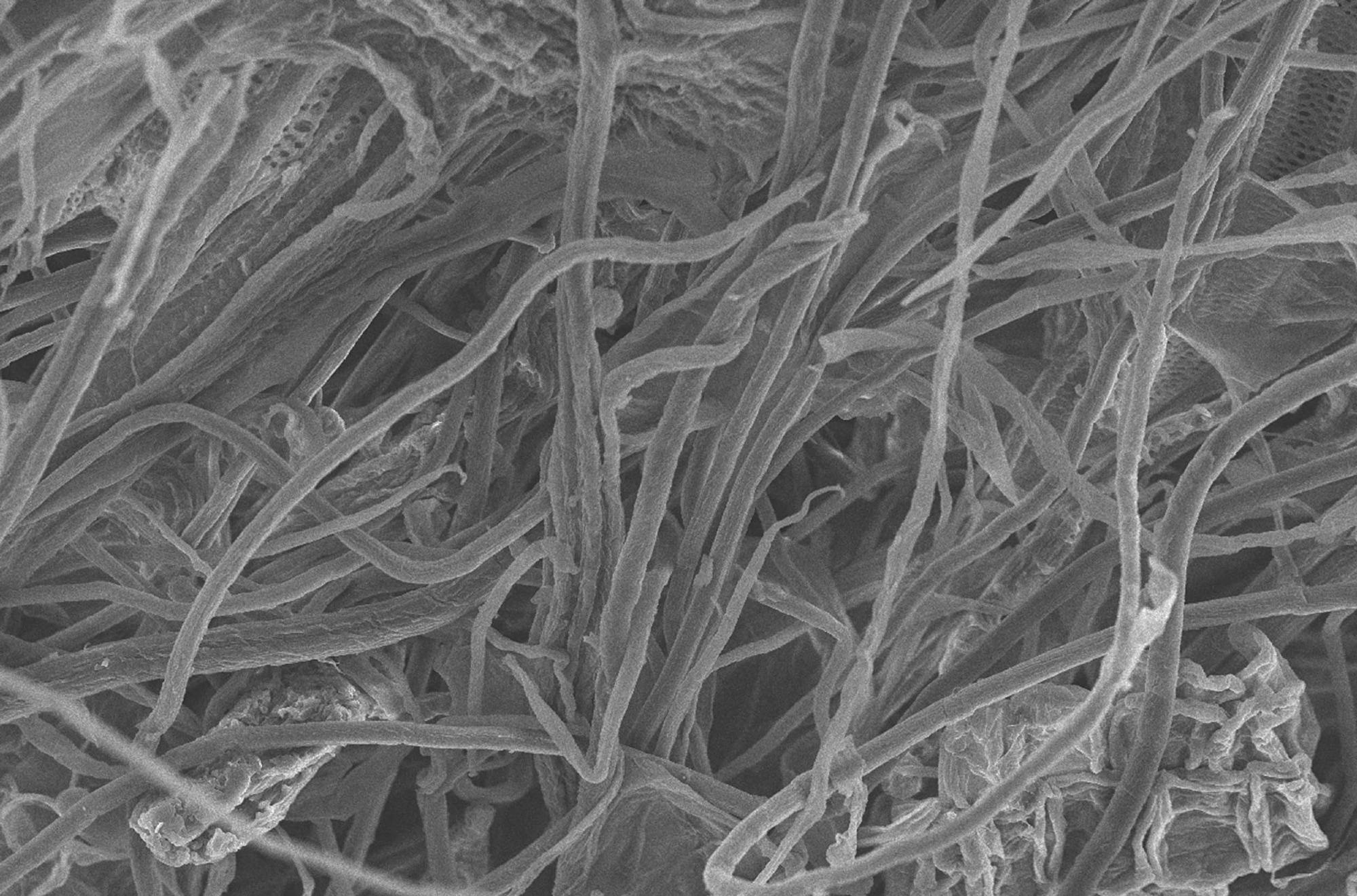Researchers have designed many strategies, based on nanomaterials, for sustainable water purification. A new review available in press in the Chemical Reviews has focussed on the application of nanocellulose (NC) for sustainable water purification.

Study: Nanocellulose for Sustainable Water Purification. Image Credit: TinyPhoto/Shutterstock.com
According to recent reports, around 1.8 billion people are facing absolute water shortage and 4 billion people are experiencing water scarcity for at least one month every year. Besides the shortage, another major issue related to water has been associated with water contamination by various pollutants.
Nanocellulose-Structure and Function
Cellulose is one of the most abundantly present and low valued plant biomass feedstocks which is used for extracting NC. Nanocellulose is a polymeric fibrous particle with nanoscale dimensions and is biodegradable in nature. Depending on the extraction process and biomass source, the aspect ratio of NC ranges between 200 and 5000, and the degree of crystallinity is between 60 and 80%.
Most polymers lose conformations, break inter-and intramolecular bonds, degrade their structural backbone, and exhibit decreased viscoelastic properties at high temperatures. However, NC is stable at high temperatures, which is an important criterion for many industrial and consumer applications.
All nanostructured cellulosic materials, such as cellulose nanofibrils (CNF), cellulose nanocrystals (CNC), bacterial nanocellulose (BNC), tunicate cellulose nanocrystals (t-CNC), and algae cellulose particles fall under the category of NC. The conversion of cellulose microfibers to NCs enhances the surface area manifold. It also exhibits increased functionalities through chemical and enzymatic treatments.
Scientists have aggregated the chains in CNF and CNC in a highly specific and ordered manner, to develop sustainable, efficient, and economical water remediation nanomaterials. Importantly, several studies have revealed that NC is an effective coagulant/flocculant, adsorbent, and photocatalytic agent. It is an excellent membrane material that can eliminate a wide range of organic, inorganic, and biological water pollutants on multiple scales.
It is imperative to understand the structure−functionality-property relationship to design the most effective NC-based materials for water remediation technologies. Scientists analyze each NC structure at the nanoscale level and its functionalities, using various spectroscopic tools and high-resolution microscopy. They have continually built new experimental techniques to further their knowledge about NC structure and relationships at the molecular level. These studies are the foundations for the development of novel high-performing NC-based coagulants/flocculants, adsorbents, photocatalysts, and membranes.
The rheology of NC suspension is complex, as it displays sheer-thinning, thixotropy, and rheopexy behaviors. Typically, CNC suspension exhibits lower viscosity than CNF suspension, owing to its shorter fibrillar length. This is the reason why CNC-based composites are commonly developed.
Nanocellulose and Water Purification
NC is an anisotropic colloid that contains an anionic/cationic surface-charge, in a dispersion state. The use of non-biodegradable and carcinogenic synthetic polyelectrolytes, which are used as coagulants/flocculants in varying kinds of wastewater treatments, could be replaced by NC-based materials that possess elevated charge density.
Several studies have highlighted that NC-based materials contain excellent adsorption capabilities with fast kinetics compared to commercially available adsorbents. Additionally, NC materials can anchor metallic nanoparticles, which are essential to produce novel NC-enabled photocatalysts. This system is capable to remove a multitude of water pollutants by visible light irradiation and can degrade most complex aromatic pollutants, e.g., persistent organic pollutants (POP).
Although researchers have developed different types of NC membranes, such as selfstanding, and mixed-matrix, for sustainable water purification, the application of NC for water treatments is still in its infancy. Previous studies have shown that NC possesses excellent physicochemical properties with high surface area, lavish functionalities, and is also non-toxic and biodegradable. These properties are essential for the development of novel, sustainable, and low-cost water purification technologies. The efficacy of NC for water purification depends on its morphology, purity, surface chemistry and charge, crystallinity, suspension rheology, mechanical properties, and film stability.
One of the challenges in the application of NC-based materials for water purification has been the relatively high cost of mass production of NC. This is because the currently available methodology used for manufacturing CNC and CNF from wood-based biomass requires intensive consumption of energy, chemicals, and water. However, researchers believe that NC can be developed in a cost-effective manner if underutilized nonwoody biomass plants are used, replacing the woody biomass that contains a higher lignin content. Utilization of nonwoody biomass plant (feedstock) with low lignin content, can eliminate pulping processes.
Future Research
More studies on NC associated with coagulation/flocculation are required. Scientists believe new NC-based membranes with a short-peptide sequence could be designed to remove nuclear waste, cyanides, and metal ions. Furthermore, there is a plausibility of developing a responsive NC-based system for water purification, whose performance could be controlled by modifying the electric field, pH level, temperature, magnetic field, and visible light. NC could play an important role in the development of low-cost water treatments on a large-scale.
Reference
Das, R., Lindström, T., Sharma, P., Chi, K. and Hsiao, B., (2022) Nanocellulose for Sustainable Water Purification. Chemical Reviews. https://pubs.acs.org/doi/10.1021/acs.chemrev.1c00683.
Disclaimer: The views expressed here are those of the author expressed in their private capacity and do not necessarily represent the views of AZoM.com Limited T/A AZoNetwork the owner and operator of this website. This disclaimer forms part of the Terms and conditions of use of this website.